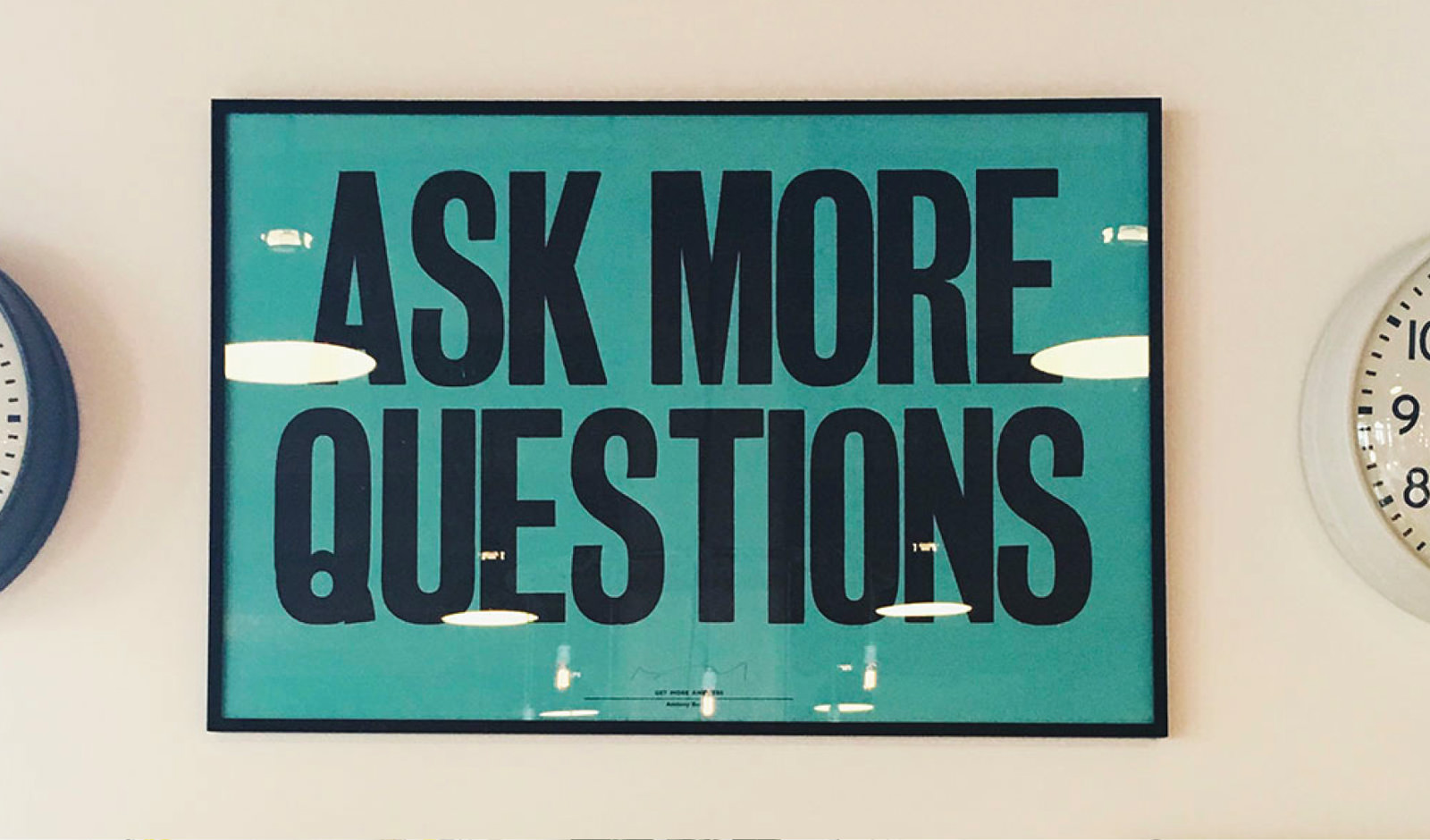
How to promote good feedback
Bill Gates said it simply and well— “We all need people who will give us feedback. That’s how we improve.” Whether you are selling your products online, operating from a bricks and mortar store, or offering a range of B2B and B2C services, there is one key question you always need to be asking: How are we doing?
Receiving feedback can be as easy as sending customers a thank you email and asking for a review, or for improvement suggestions.
Qualifying customer for online reviews
If you are worried about sending a review link to possibly disgruntled clients you can use a simple qualifying question before asking them to leave an online review:
“On a scale of 0 to 10, how likely are you to recommend this company’s product or service to a friend or a colleague?”
For example, should the response be 7 or above, you could then ask the individual to post an online review, boosting your public reviews on the web. If the response scores a 6 or below, you could then request direct feedback via a more private route such as email or message form.
Using your CRM or a combination of free platforms like MailChimp and Survey Monkey you can easily integrate and automate a conditional questionnaire so the information practically rolls in with very little effort from you.
Asking a qualifying question not only allows you to “screen” your customers before asking them to publicly review your product, but also allows you to calculate your Net Promoter Score (NPS).
More on Net Promoter Score (NPS)
The Net Promoter Score is an index ranging from -100 to 100 that measures the willingness of customers to recommend a company’s products or services to others. It is used as a proxy for gauging the customer’s overall satisfaction with a company’s product or service and the customer’s loyalty to the brand.
Based on their rating, customers are then classified in 3 categories: detractors, passives and promoters.
Detractors: They gave you a score lower or equal to 6 and are not particularly thrilled by your product or the service. They will probably not purchase and could potentially damage your reputation through negative word of mouth.
Passives: these guys gave a score of 7 or 8. They are somewhat satisfied but could easily switch to a competitor’s and are not enthusiastic enough about your products or services to actually promote them.
Promoters: we all love Promoters whom answered 9 or 10. They are repeat buyers who love your products and services and are the enthusiastic evangelist who recommend your business to others.

The Net Promoter Score (NPS) is determined by subtracting the percentage of customers who are detractors from the percentage who are promoters. What is generated is a score between -100 and 100.
Higher Net Promoter Scores tend to indicate a healthier business, while lower Net Promoter Scores can be an early warning sign to dig deeper into potential customer satisfaction and loyalty issues.
The ultimate objective here is to uncover your company’s issues by asking for further feedback and convert less happy customers into followers who will put the word out and allow for increased revenues and profits.
Final piece of advice
Keep the process simple and quick. Choose a single, appropriate source for feedback (such as Google, Facebook or directly on your website) rather than asking for multiple postings on multiple platforms.
Choose wisely, and remember that reviews have an impact on your public profile, SEO ranking and overall brand.
If you think your business would benefit from improving its automated feedback techniques, we can help you craft an operative and effective automated workflow. Contact us on 07 5576 7841 or email us at hello@lemontreemarketing.com.au
